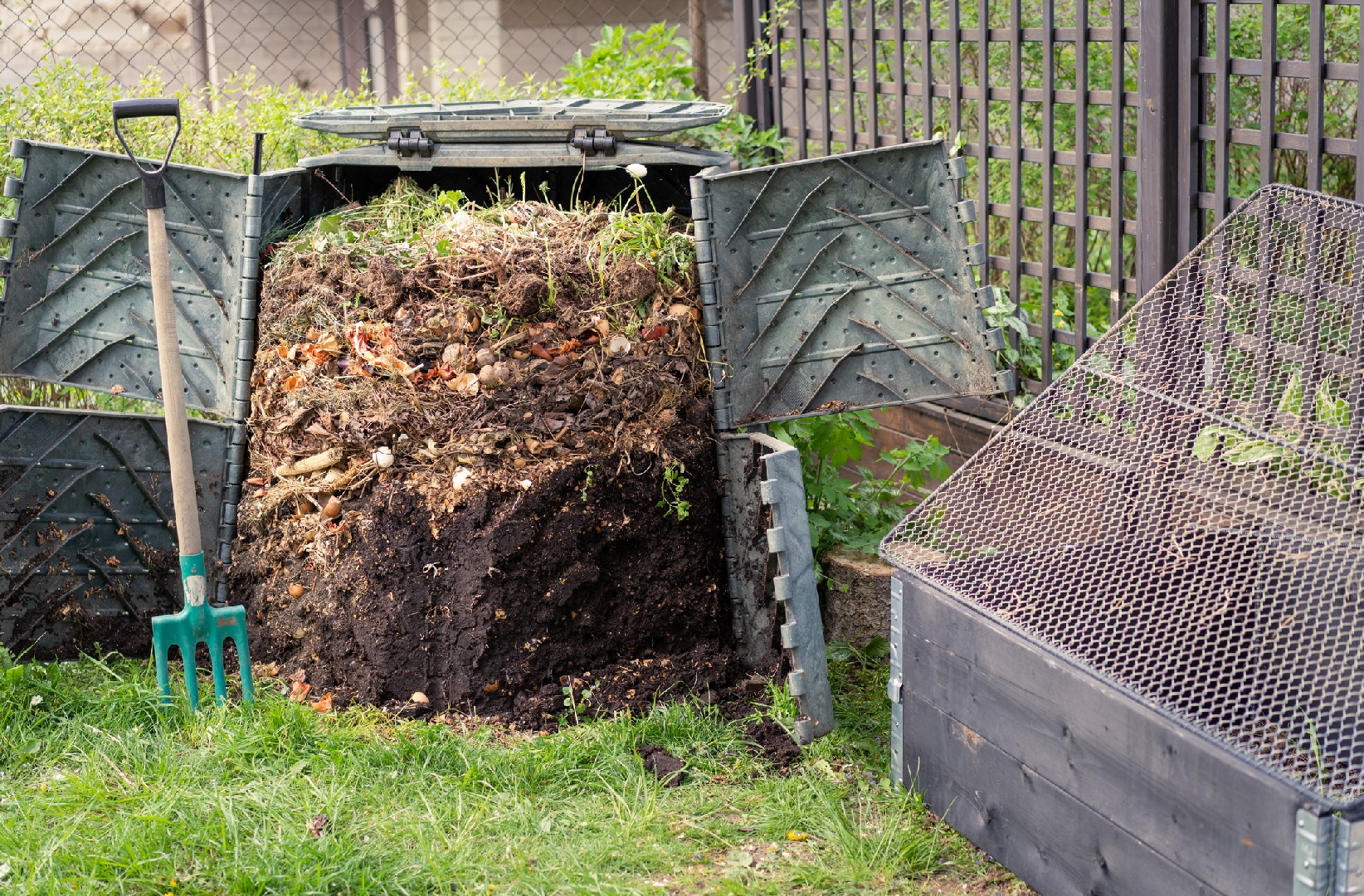![Rectangle]()
What is Aerobic Composting?
Aerobic composting, also known as aerobic decomposition, is a natural process that converts organic waste into nutrient-rich compost. This method relies on the presence of oxygen and a diverse community of microorganisms to break down organic materials. Understanding the basic definition, process, and requirements of aerobic composting is essential for anyone interested in sustainable waste management and gardening.
To start with, aerobic composting requires three key ingredients: organic waste, oxygen, and moisture. Organic waste can include kitchen scraps, yard trimmings, and other plant materials. These materials contain carbon and nitrogen, which serve as the primary sources of energy and nutrients for the microorganisms responsible for the decomposition process. Oxygen is necessary to support the growth and activity of aerobic bacteria, fungi, and other microorganisms involved in the breakdown of organic matter. Moisture is essential to maintain the right level of humidity for the microbial community to thrive.
The process of aerobic composting involves several stages. During the initial phase, known as the mesophilic stage, microorganisms start breaking down the easily decomposable materials. As the process continues, the temperature rises, reaching the thermophilic stage. At this stage, heat-loving bacteria dominate, accelerating the decomposition process. It's during this phase that pathogens and weed seeds are killed off due to the high temperatures.
One of the main benefits of aerobic composting is its speed. The aerobic decomposition process is typically faster compared to anaerobic composting, thanks to the increased microbial activity and higher temperatures. In just a few weeks, under optimal conditions, organic waste can be transformed into rich, dark compost that is perfect for improving soil fertility and promoting healthy plant growth.
Furthermore, aerobic composting provides better control of heat and odor. The presence of oxygen allows for better temperature management, reducing the risk of overheating. This is especially important when composting kitchen waste, as it can produce foul odors if not properly composted. Aerobic composting helps control these odors, creating a more pleasant composting experience for gardeners.
However, it is worth noting that there can be potential challenges in aerobic composting. One common issue is maintaining the right moisture levels. If the compost pile becomes too wet, it may turn into a slimy mess and develop a strong unpleasant smell. Conversely, if it becomes too dry, the microbial activity may slow down, prolonging the decomposition process. Regular monitoring and making adjustments as needed can help overcome these challenges.
In conclusion, aerobic composting is a sustainable way to transform organic waste into valuable compost. By understanding the definition, process, and requirements, individuals can effectively implement aerobic composting techniques in their own gardens or communities. The benefits of this method, including the speed of decomposition, control of heat and odor, make it an appealing option for individuals looking to reduce their environmental impact and improve soil health. With proper management and understanding of potential challenges, aerobic composting can be a rewarding practice that yields nutrient-rich compost for all your gardening needs.





